2022-05-05
Stóra Sandvík │ Iceland Photo Gallery
Documenting Iceland
by: Rafn Sig,-
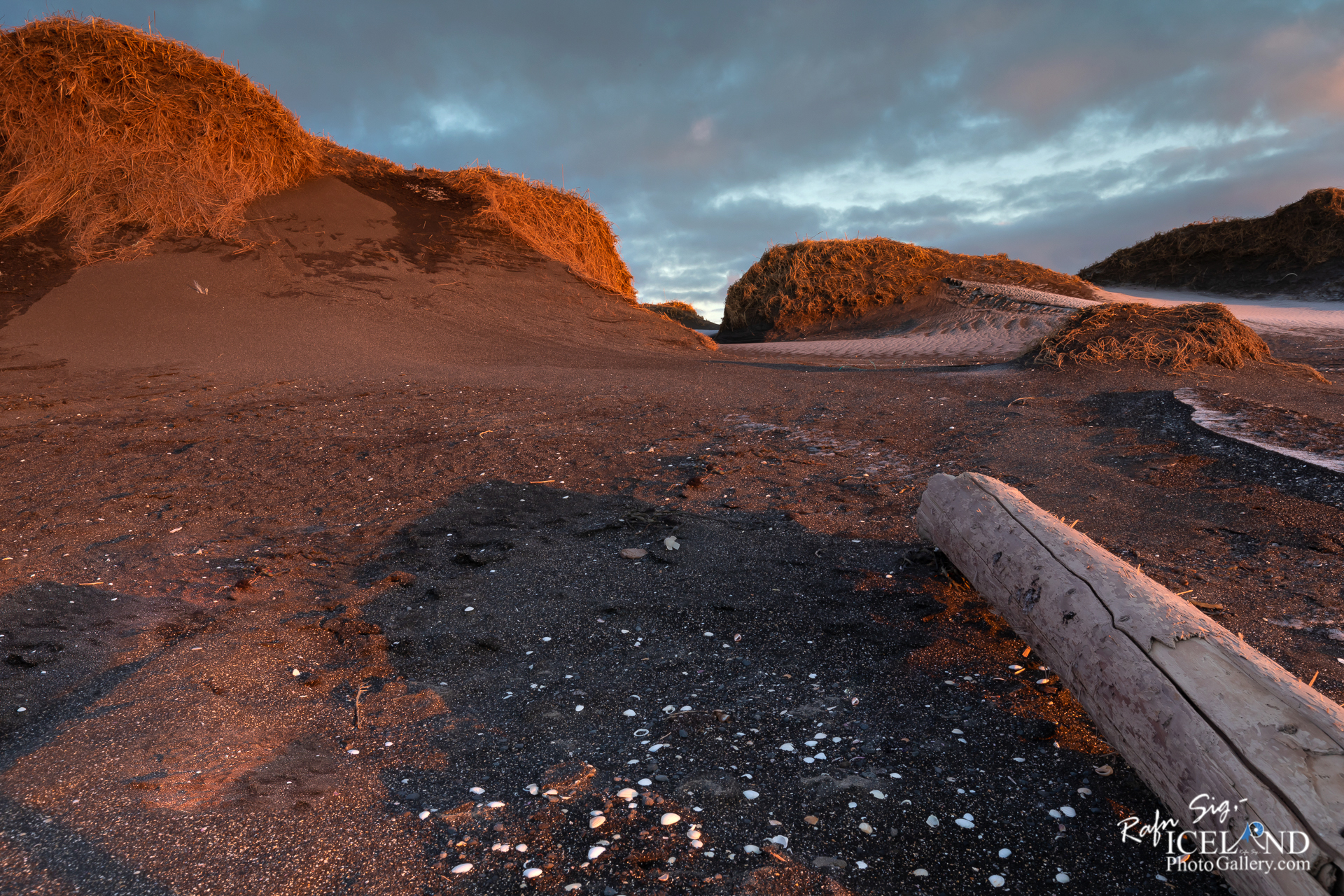
Stór- og Litla- Sandvík eða Sandvíkur, sunnan Hafnabergs á Reykjanesi. Sandfjara með háum melgresishólum handan við. Við Sandvík endar Hafnaberg með fallegum klettum sem eru hluti af sprungugjám.
Sunnan við Sandvík er Stampahraun sem runnið er úr 7 km langri gígaröð sem gaus fyrir ca. 800 árum. Mjög sérkennilegir gígar af ýmsum stærðum og gerðum og með skrítnar myndanir í sumum.
Svo kann að fara að þessi náttúruperla verði eyðilögð með uppsetningu virkjunarmannvirkja en Stóra-Sandvík var flokkuð í orkunýtingarflokk Rammaáætlunar. Samkvæmt mælingum er talið að virkjanlegan háhita sé hugsanlega að finna á svæðinu. Ekki verður gengið úr skugga um það nema með tilraunaborunum og því raski á náttúrunni sem fylgir slíkum athöfnum. Ekki þarf að horfa lengra en aðeins sunnar út á Reykjanes til að sjá hversu mikil áhrifin yrðu á víkina fögru og umhverfi hennar ef af virkjun yrði.
Af 19 jarðhitasvæðum Reykjanesskagans hafa einungis þrjú verið flokkuð í verndarflokk Rammaáætlunar.
The Cove south of Valahnjúkur features a spectacular boulder black beach and Lake formed by the rampant storms of the North Atlantic, and farther to the north the black sand dunes at Stóra Sandvík are a blunt reminder that the wind blows fearlessly through Reykjanes. It also hosts a small (~1 km2) high-temperature geothermal area with small steaming vents and bubbling solfatars. However, these hot springs are only a shadow of what they used to be, partly because the area is now utilized for power generation.
In many places along the coastline of Iceland driftwood has been washed ashore over a long period of time. Although the amount of driftwood varies from place to place it is found on almost every beach along the coast. Primarily it’s spruce (Picea), pine (Pinus) and larch (Larix sibirica) the majority of these trees originally stood along Siberian rivers such as the Ob and the Lena where they may have eroded from the shores or escaped from logging operations. Once at sea, the trees drift with the Arctic Ocean currents. It takes the trees 4-5 years to reach Iceland, travelling between 400 and 1000 km (250-620 miles) each year. The youngest dated sample indicates that it is possible for arctic driftwood to reach the coasts of Iceland in less than six years. Driftwood can only stay afloat for about ten months indicating that these trees are primarily carried by sea ice. Along the way, the wood becomes impregnated with so much salt from the seawater that it is hardened thus making it excellent for use in construction.
Driftwood has played an important role all around this otherwise woodless country ever since it was settled. The volume of this natural resource has been great during the centuries, but somewhat different between the years. It probably extended the inhabitancy of many remote areas, which were abandoned gradually during the first half of the 20th century. The wood was exploited for the building of abodes, boats, furniture, boat winches, food bowls, barrels and boxes and also for making charcoal. The cortex was dried and rolled up to light the fire in the stoves.
The driftwood as everything else, which drifts ashore, belongs to the landowners, who went to great lengths to protect these rights in the past. If they could not immediately move the wood they wanted to use, they marked the trunks or logs to prevent others from picking them up. The longer the trunks stay in the sea, the more saturated they get with salt and grow very hard and enduring as a construction material. Nowadays this wood is mainly exploited for fence poles and rough constructions.
“Driftwood can be very old and can tell us a lot about the climate. It can even tell us about ocean currents, drift ice and many other things. Studying driftwood can be useful for various fields of study. We can for example use it to verify written records and other historical sources.”
. . . All info at: https://www.patreon.com/RafnSig
Subscribe to my Youtube Channel
You can buy this and other photos at my Icelandic Stock Photo Web: IcelandStockPhotos.com
Viltu styrkja þessa síðu?
Vefsíðan Iceland Photo Gallery er unnin í sjálfboðavinnu. Ef þú hefur áhuga á að styrkja þetta framtak til áframhaldandi uppbyggingar er hægt að leggja inn á:
Reikningsnr.: 0101-26-013169
Kennitala: 310155-4469
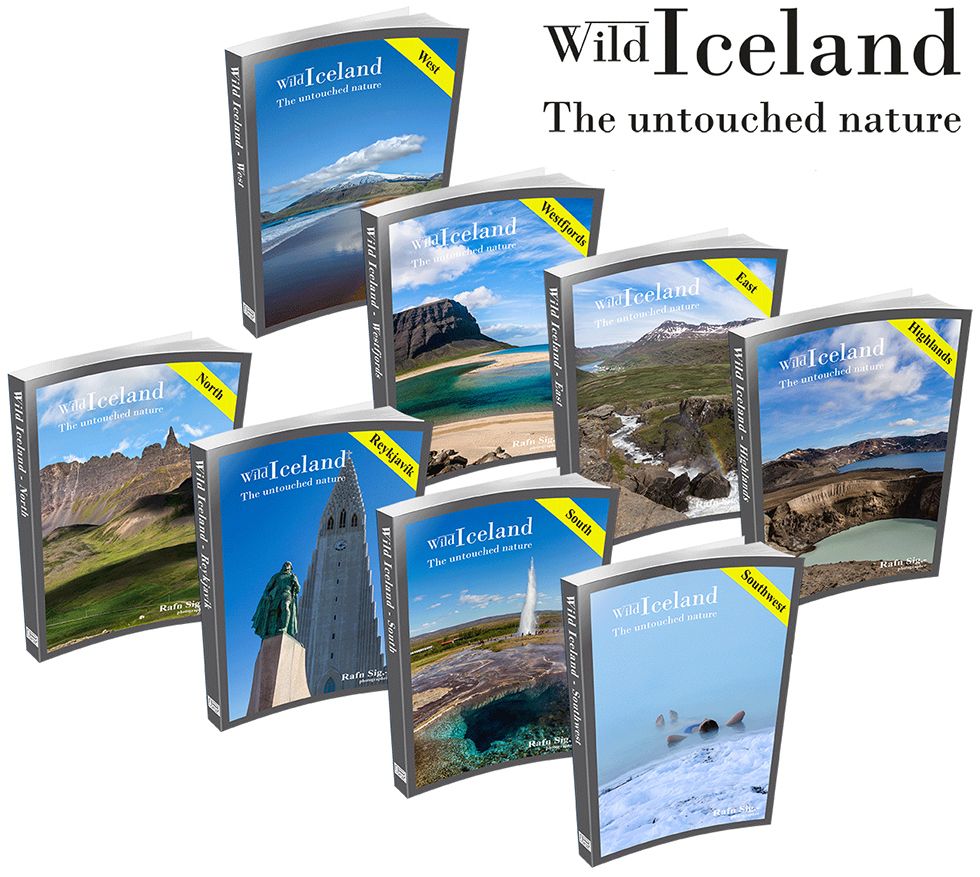

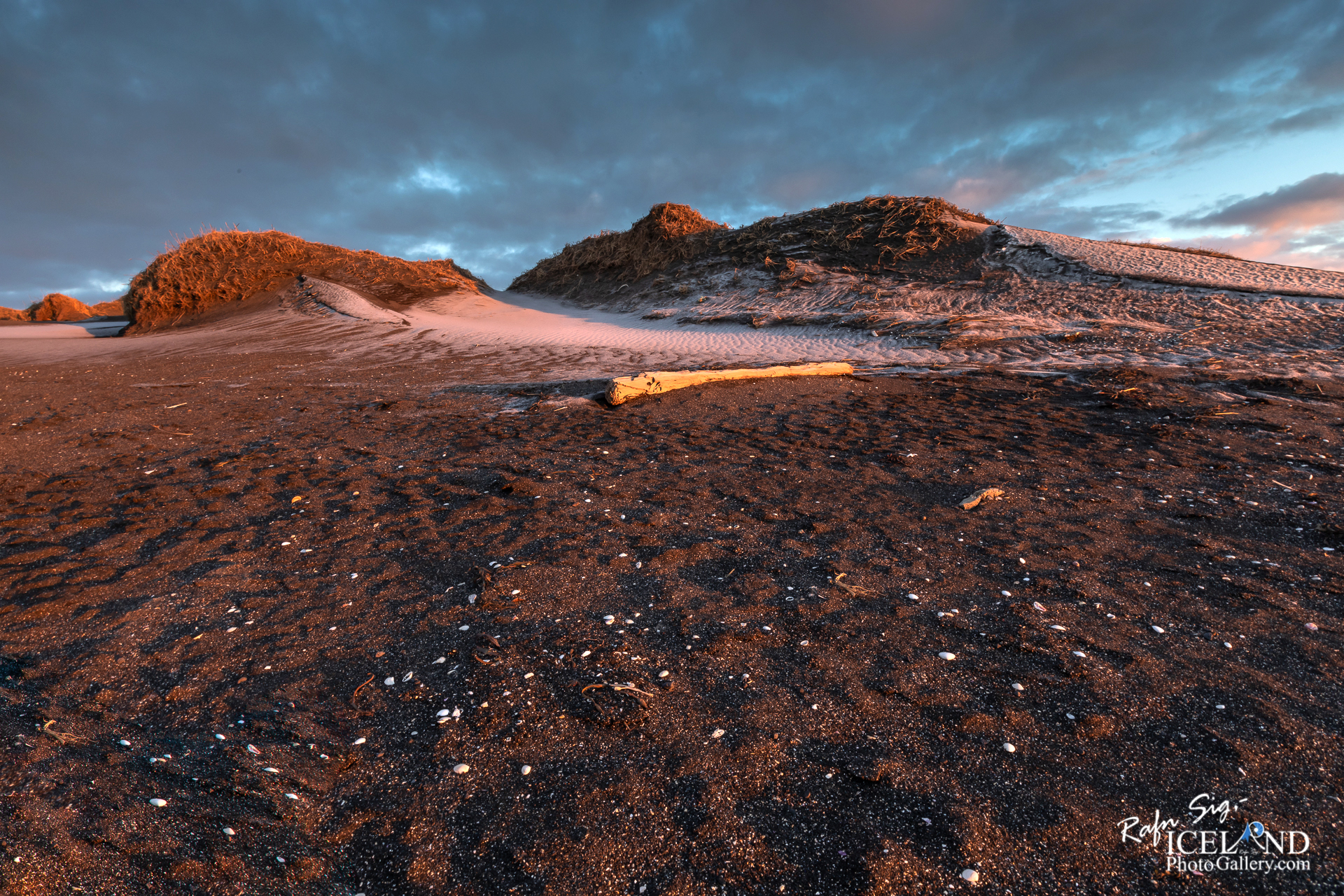
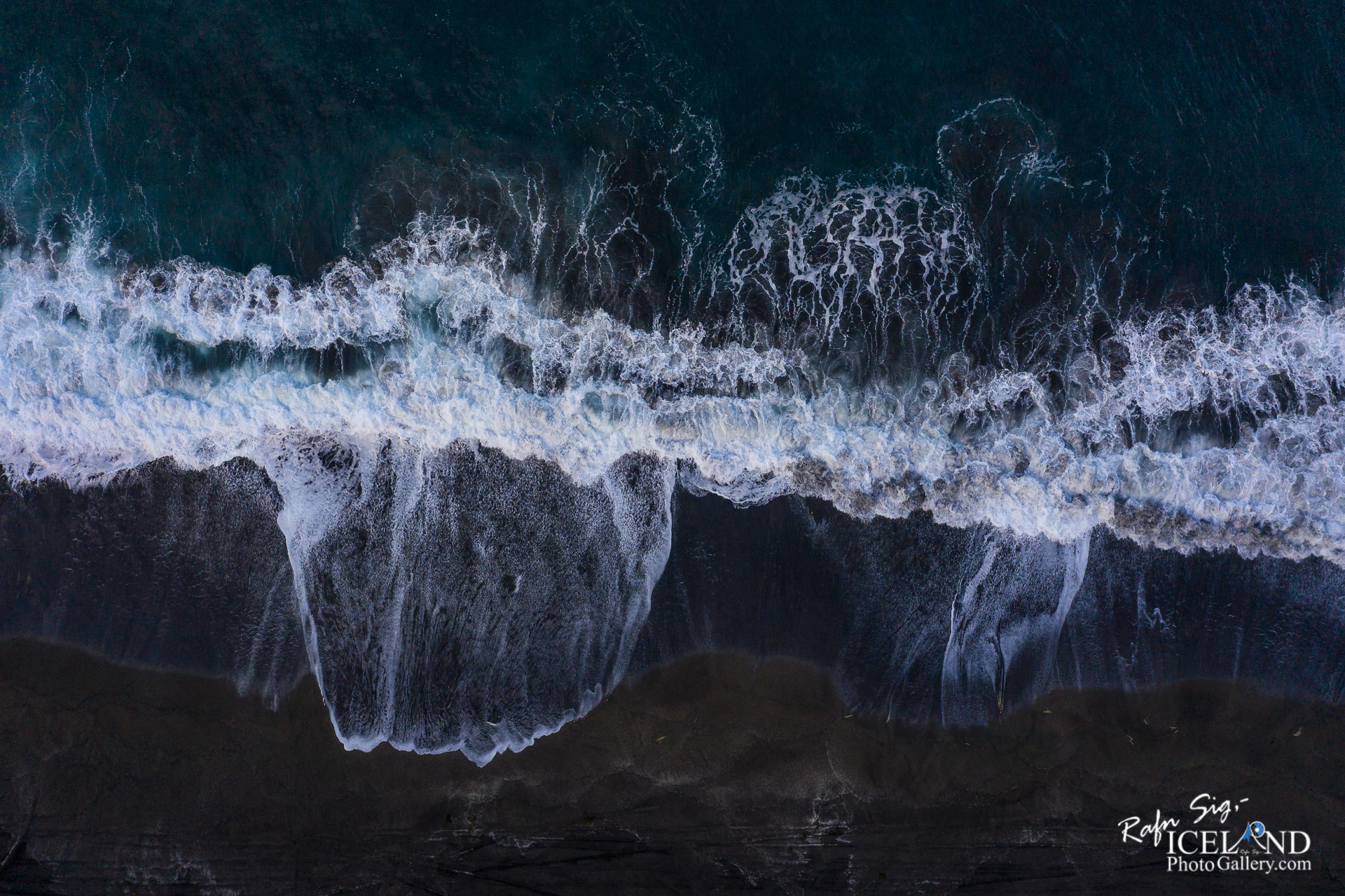
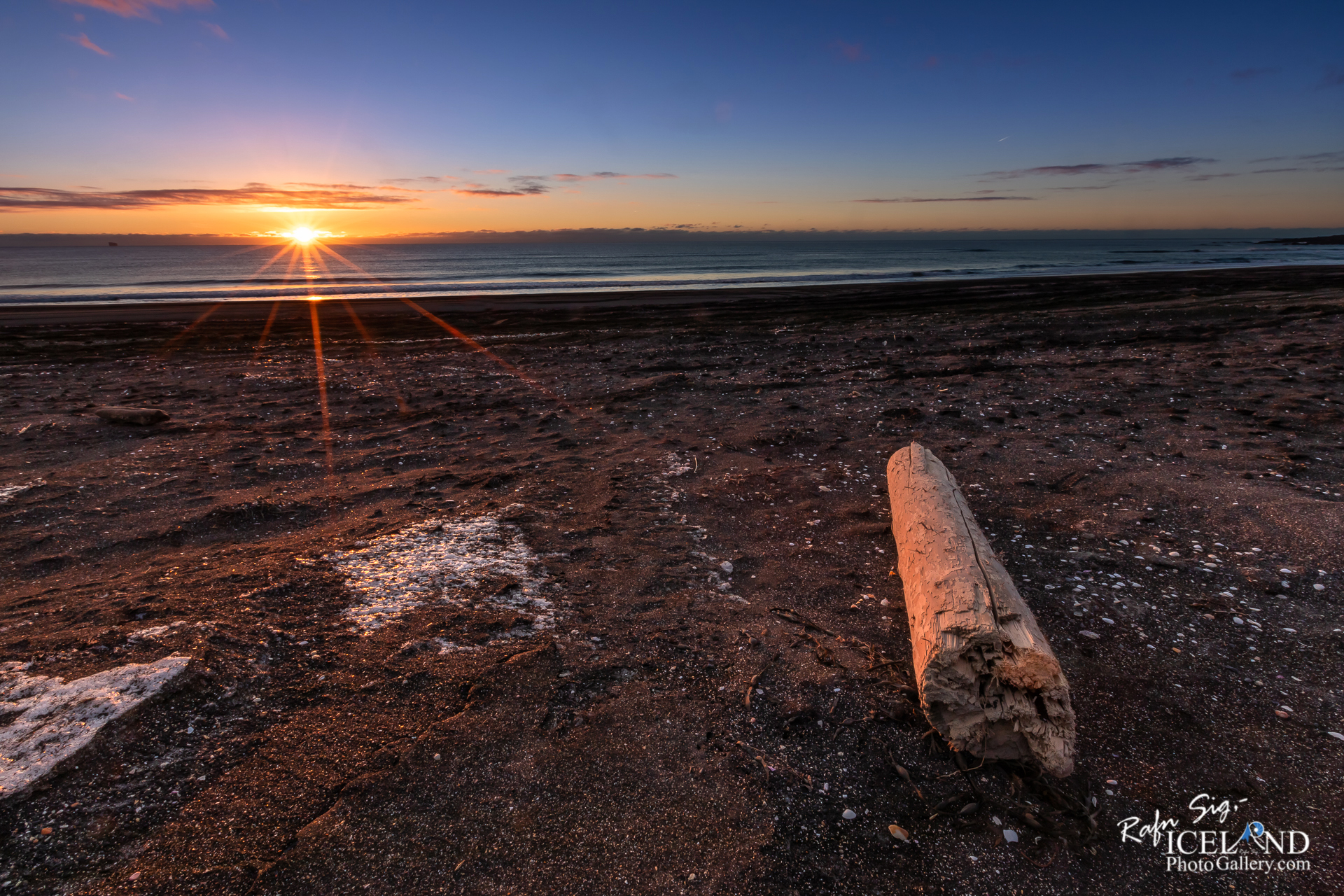






0 Comments